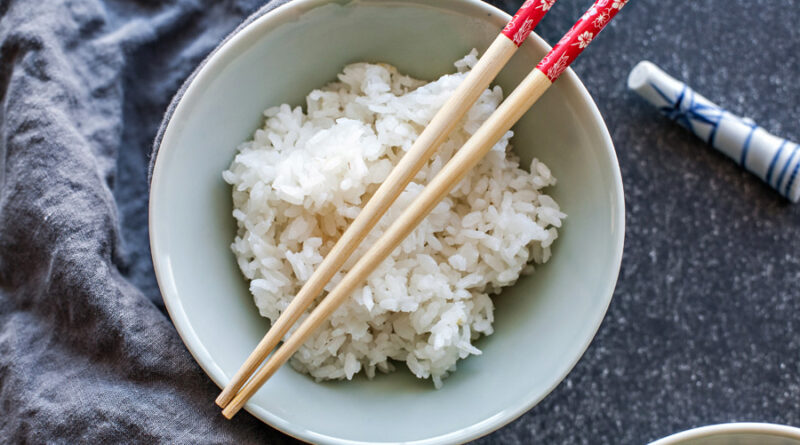Rice crisis in Japan nudging government to consider using staple crop in tariff negotiations with United States
By Shagun
Japan is grappling with a serious crisis in its rice supplies and is now considering putting the staple crop at the centre of tariff negotiations with the United States (US).
The extent of the crisis can be gauged by a rare move from the Japanese Ministry of Agriculture, Forestry and Fisheries which has decided to tap into its emergency reserves and release rice stocks massing over 210,000 tonnes for auction.
However, despite this desperate move by the ministry, the retail prices of rice have remained high and supermarket shelves are widely found.
Japan reportedly imports over 700,000 tons of rice free of tariff, each year, under its ‘minimum access’ deal signed with the World Trade Organization (WTO) in 1995. And the country is now considering leveraging increased rice imports from the US as a negotiating tool in tariff talks with the US government, as per media reports.
However, according to data and analytics firm GlobalData, the move could be a double-edged sword and Japan should instead broaden the access to its reserve rice system.
Rice is a staple food in Japan, and thus a sensitive commodity and increasing its imports could have potential repercussions.
The current situation highlights the fragility of Japan’s agricultural strategy, stated Mitsue Konishi, Consumer Analyst at GlobalData.
“The government’s historical reliance on centralised control has led to inefficiencies that are now being exposed by the current supply crisis. While the auction process for reserve rice aims to alleviate shortages, it has not yet translated into lower prices for consumers,” she said.
Why the current crisis
The shortage and high prices have been persisting since the summer of 2024, due to a combination of factors like extreme heat in 2023 that damaged the rice harvest, panic buying after the government issued a warning for a potential ‘megaquake’ in August, 2024, logistical setbacks, and its own domestic economic policies.
To keep prices high and support domestic farmers, Japan limits rice production. The farmers sell the produce to collecting agents who sell it to wholesalers. Shops and restaurants purchase from these wholesalers.
Policy loopholes
Japan has an acreage reduction policy, under which it strictly limits rice production and has import controls in order to keep surplus rice off the market while keeping prices high for domestic rice growers. But this means that even minor disruptions to the supply chain could have large impacts on this staple crop.
The current situation has been so dire that Japan has imported rice from South Korea for the first time in more than 25 years. The shortage is also in stark contrast to the oversupply experienced in the country during the peak of the COVID-19 pandemic.
Konishi was of the view that a more effective response to the ongoing shortages would be to relax the stringent policies.
“As Japan approaches elections in July 2025, the government must carefully navigate the complexities of agricultural policy and consumer sentiment as Japanese consumers are strongly attached to their everyday commodity, rice. The evolving rice situation will serve as a crucial barometer for political stability and public confidence, underscoring the need for balanced strategies that address both immediate supply concerns and the long-term viability of Japan’s agricultural sector,” Konishi stated.
This article has been republished from The Down To Earth Magazine.

